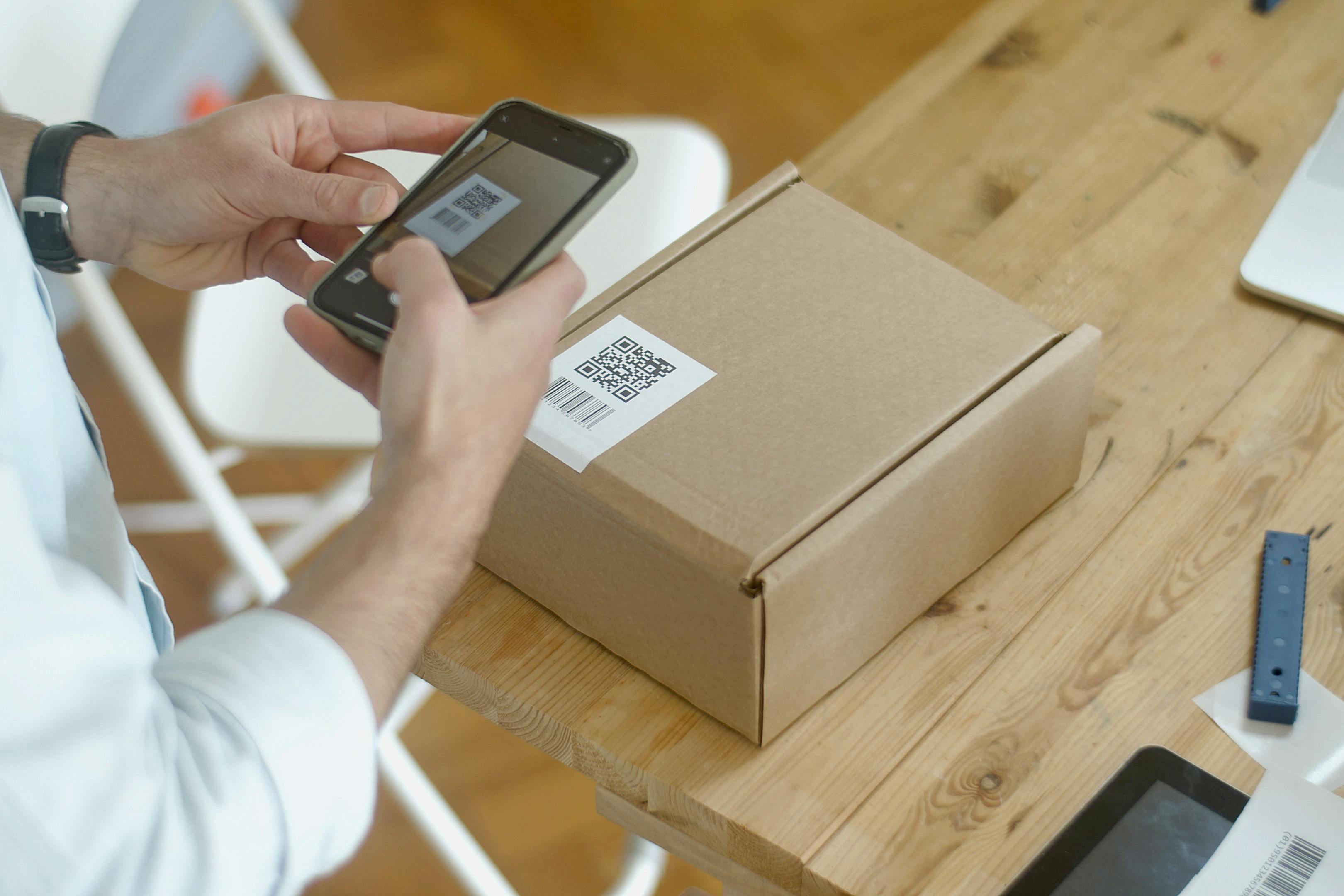

How QR Codes for Payments Revolutionize Transactions in 2025

## How QR Codes for Payments Revolutionize Transactions
The way we exchange money has constantly evolved, from bartering to coins, paper bills, credit cards, and now, digital wallets. But there's a seemingly simple technology making a significant impact on this landscape: **QR codes for payments**. This unassuming square of black and white pixels is quietly revolutionizing transactions, offering a faster, more convenient, and often more cost-effective way to pay and get paid.
This article delves into how QR code payments are transforming the way we transact, exploring the key benefits and their growing adoption across the globe.
**Understanding the Power of a Scan: What are QR Code Payments?**
QR codes, or Quick Response codes, are two-dimensional barcodes that can store a wealth of information. In the context of payments, a QR code typically contains the necessary details for a transaction, such as the merchant's account information or a specific payment request.
The process is remarkably simple:
* **Scanning:** A payer uses a smartphone camera and a dedicated payment app or the phone's built-in QR code scanner to scan the merchant's displayed QR code.
* **Verification:** The app decodes the information embedded in the QR code.
* **Authorization:** The payer reviews the transaction details and authorizes the payment, often through biometric authentication (fingerprint or facial recognition) or a PIN.
* **Confirmation:** Both the payer and the merchant receive instant confirmation of the successful transaction.
**Why the Revolution? Key Benefits of QR Code Payments:**
The growing popularity of QR code payments stems from a multitude of advantages they offer to both consumers and businesses:
* **Unparalleled Convenience:** Forget fumbling for cash or cards. With QR code payments, a quick scan is all it takes. This speed and ease of use are particularly appealing in busy environments and for smaller transactions.
* **Contactless and Hygienic:** In a world increasingly conscious of hygiene, QR code payments provide a truly contactless experience. No touching of keypads or exchanging physical money reduces the risk of germ transmission.
* **Cost-Effective for Businesses:** Compared to traditional card processing systems, QR code payments often involve lower transaction fees. This is a significant advantage for small and medium-sized businesses (SMBs) who can save on operational costs.
* **Enhanced Security:** While security concerns are always valid with any payment method, QR code payments can be surprisingly secure. Transactions are often encrypted, and the need for physical card presence reduces the risk of card skimming and fraud.
* **Improved Tracking and Data:** For businesses, QR code payments can provide valuable data insights into customer behavior and purchasing patterns. This information can be used to personalize offerings and improve marketing strategies.
* **Accessibility and Inclusivity:** QR code payments are particularly beneficial in regions with high mobile penetration but lower access to traditional banking infrastructure. They provide a viable and accessible digital payment solution for a wider population.
* **Faster Transactions:** The speed of scanning and confirming payments significantly reduces checkout times, improving customer satisfaction and allowing businesses to serve more customers efficiently.
* **Integration with Loyalty Programs:** QR codes can be easily integrated with loyalty programs, allowing customers to earn and redeem rewards seamlessly during payment.
* **Versatile Application:** QR codes can be used for various payment scenarios, including in-store purchases, online transactions (displaying a QR code for the customer to scan), and even peer-to-peer transfers.
**The Global Rise of QR Code Payments:**
While QR code payments have been prevalent in Asia for years, they are rapidly gaining traction globally. Factors driving this adoption include:
* **Increased Smartphone Penetration:** The widespread ownership of smartphones equipped with cameras makes QR code payment technology readily accessible.
* **Advancements in Payment Apps:** Popular digital wallets and banking apps are increasingly integrating QR code scanning and payment functionalities.
* **Demand for Contactless Solutions:** The COVID-19 pandemic accelerated the adoption of contactless payment methods, with QR codes emerging as a convenient and safe option.
* **Efforts by Payment Providers:** Major payment processors and fintech companies are actively promoting and investing in QR code payment infrastructure.
**The Future of Transactions with QR Codes:**
QR codes are no longer just a futuristic concept; they are a present-day reality shaping the future of transactions. We can expect to see:
* **Further Integration:** More businesses will adopt QR code payment options, integrating them seamlessly into their point-of-sale systems.
* **Advanced Features:** Expect to see more sophisticated QR code functionalities, such as dynamic QR codes that change with each transaction for enhanced security.
* **Wider Acceptance:** As more consumers become familiar and comfortable with QR code payments, their acceptance will continue to grow across various industries.
* **Potential for New Use Cases:** Beyond traditional payments, QR codes could be used for ticketing, access control, and even verifying product authenticity.
**Conclusion: Embracing the Scan for Seamless Payments**
QR codes for payments represent a significant evolution in how we transact. Their simplicity, convenience, cost-effectiveness, and security are driving a revolution that is transforming the payment landscape. As technology continues to advance and consumer preferences shift towards faster, more seamless experiences, QR code payments are poised to play an increasingly prominent role in the future of transactions. By embracing the power of a simple scan, we are stepping into an era of more efficient, accessible, and ultimately, revolutionary payment methods.


